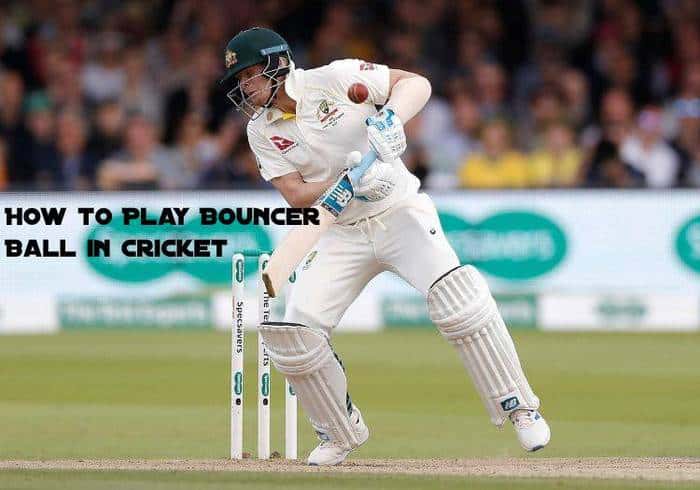
We watched the deadly bouncers where English batsmen fight against short-pitched delivery during the last Ashes Test. Not too long ago, knowing how to play bouncer ball in cricket was just a feature from Test cricketers, often with a low-content thing. But now, the bowlers are trying to psych you and have bounced you in T20 too.
The trouble of Indian batting in the T20 World Cup is a case in point. If you want to play defensively, the advantage of defensive shots with a proper jump to defend the duck and the hind legs is simply to show the bowler that his bouncer is not terrible and that you are not facing the ball because you are leaving the ball.
And if you look at the book attacking a lot of shots that are available like uppercuts and hooks, nowadays you will see players occasionally pushing bouncers at midwicket. While the top cut may seem easy to play, it’s quite risky that if you don’t get too many bats in it, it’s very likely to go into the hands of a deep third person. In cricket in general you can gain the experience of full boundaries in Test matches and ODIs very rarely due to the fact of the risk given to bouncers in death overs it can go to the top edge of the boundary too.
Play Bouncer According to Pitch
On the tracks you can trust to bounce, duck is a good option. All you have to do is pick the length quickly, get into the squat, and hopefully, it bounces as expected. It is quite safe without bounce or uneven speed, as it is difficult to see the ball completely during ducking. And then, you’re in a squat which doesn’t allow too much movement if the ball is lower than expected.
So it’s always good to move away from the ball line on the pitch with incredible bounce and speed. On top of that, you get to try and play in every short-pitch delivery and only when you realize that it has bounced high enough to leave you alone if you pass the ball by dropping your wrist.
Practice Aggressive or Defensive Shorts
In Test cricket, you can run away with the ball (two bouncers are allowed in overs) because time is not an obstacle, and also in ODIs a certain amount, but don’t hang around! Although the bowler is allowed only one over, it is equivalent to about one percent of the batting innings. You just can’t afford to duck or suppress the bouncer away.
– Keep an Eye on the Ball
You always have to keep an eye on the ball regardless of how you decide to deal with it. Once the ball rises above shoulder height it is very difficult to control the shot. So let it go to the keeper. Even the simple task of releasing the ball requires concentration while playing a bouncer ball in cricket. There are two ways to pass it: one, duck down and let it go up. Second – look at it carefully all the way and go in or out of the ball line. It is mandatory to keep the wrist down in both positions.
It is relatively simpler than a ball that is high around the chest. You can go inside the line and pull or stay outside and play the square cut. But more than that and Stroke King is risky. The essence of a pull is like cutting a square – the bat moves above the height of the ball in the rear lift and then it descends horizontally. But once the ball lands on the ground, you have to do a back-lift, then you can play down and hit the ball in the air. That’s why hooks are so tough. Most importantly play shots against bouncer delivery according to the situation.
Leave a Reply